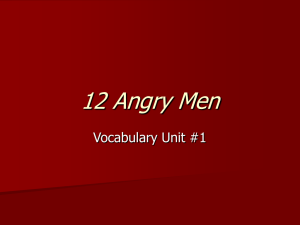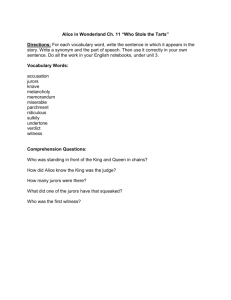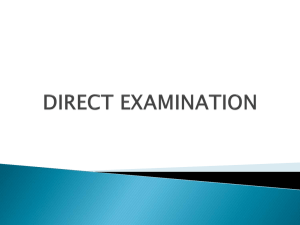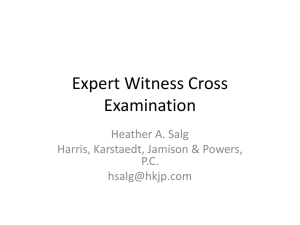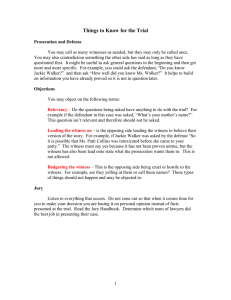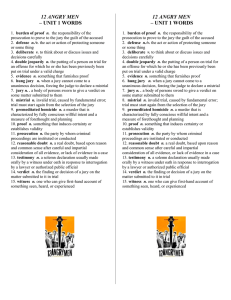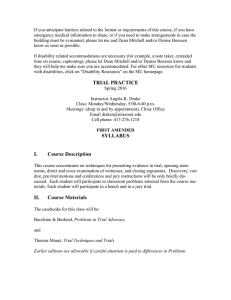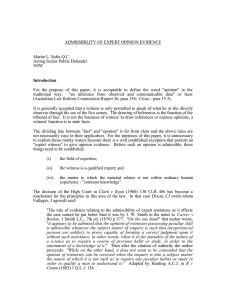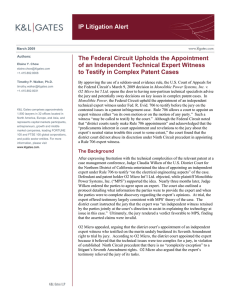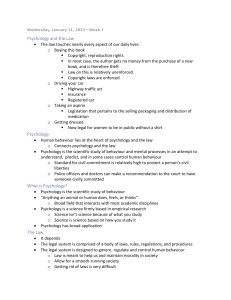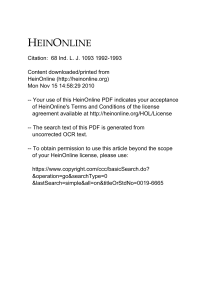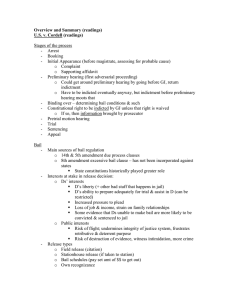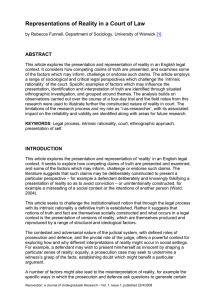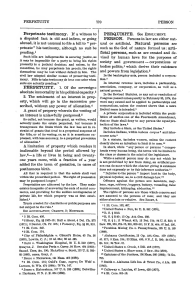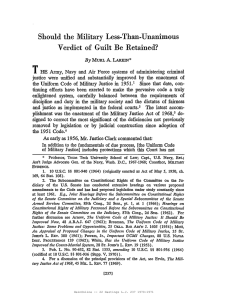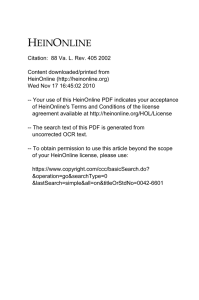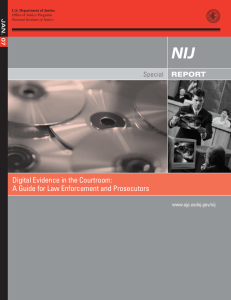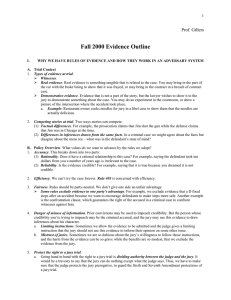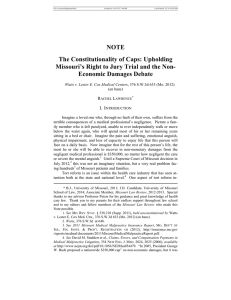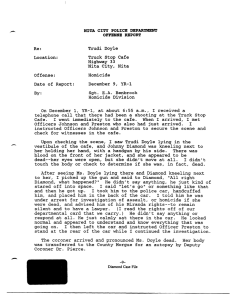Document 10852841
advertisement
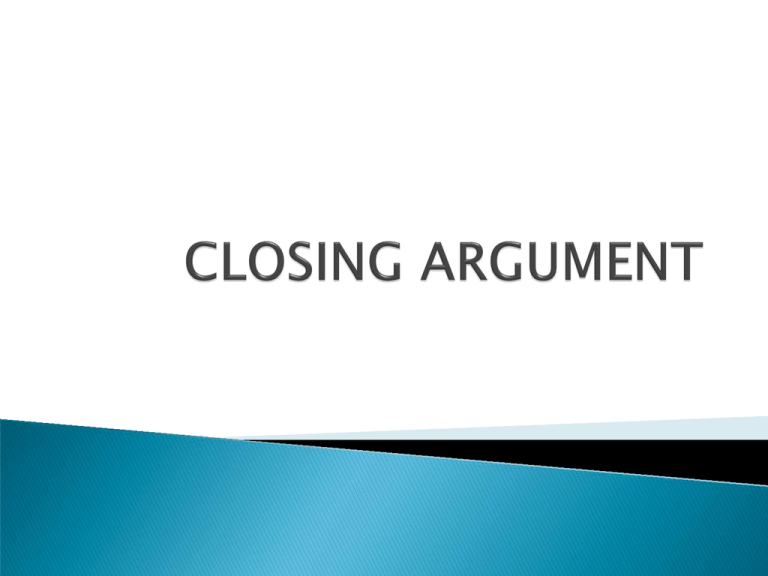
Reviewing all the evidence or reviewing evidence witness by witness The jury remembers the evidence better than you do What the jury needs help with is what to do with that evidence How do they resolve the hard issues in the case Tie Into Theme and Theory—”At the beginning of this case I told you . . . “ Summarize Key Evidence Block Approach Damages Emotional Appeal Request Verdict Tie Into Theme and Theory Description of the issue(s) which you dispute Attack damages Attack witness credibility Attack Plaintiff’s Case/Summarize Key Evidence Damages Review your claim--Block approach Request Verdict Don’t spend time thanking them (“I know you have been listening to this case for four days . . .”). They want you to get to it. Review key items of evidence, not all evidence 1. 2. 3. 4. Identify the hard issues in the case—the best guide to this is usually the jury charge Set off each issue or question in the charge as a block Start with a rhetorical question or a head note Marshall all evidence in favor of your resolution of the issue or question 5. 6. 7. 8. ARGUE why your evidence is persuasive— why should they believe your version Identify evidence in opposition ARGUE why that evidence is not persuasive Conclude with resolution of the issue or question 9. 10. Each issue or question should be pure, simple and separate from the other issues or questions Can have separate blocks for attacking the other side’s case, if not successfully refuted by own blocks Jurors’ knowledge, experience and common sense What witnesses can be believed ◦ ◦ ◦ ◦ ◦ Ability to observe Manner and conduct while testifying Interest, bias, prejudice Relationship between party and witness Reasonableness of testimony in light of other evidence in the case Conflicts between evidence What could have happened Analogies/stories/Bible Inferences to be drawn from the evidence What proven and what not proven Failure of a witness to testify (must be under control or connected with party who failed to call) Burden of proof and whether satisfied Sarcasm Humor Emotion Justice Use exhibits Use graphics Be fair—don’t engage in overstatement, gratuitous attacks Use powerful language End strong—doctrine of recency Tell them what to do using the charge and form Don’t use my client unless your client is despicable Don’t “submit,” “contend,” “maintain,” or “assert” Don’t tell jury to listen to charge—they will Stating personal belief in evidence, witnesses or merits of the case Allude to any matter for which there has been no evidence. OK to use inferences. Misstating the law Misstating the testimony or evidence Addressing jurors by name Appealing to passion or prejudice (asking jury to decide case on basis other than merits Appealing to juror’s personal or social interest, taxpayer’s interest, rich versus poor, out of state v. local Arguing improper inference from evidence admitted for a limited purpose Insurance Golden rule Personal attacks on opposing counsel unsupported by record

